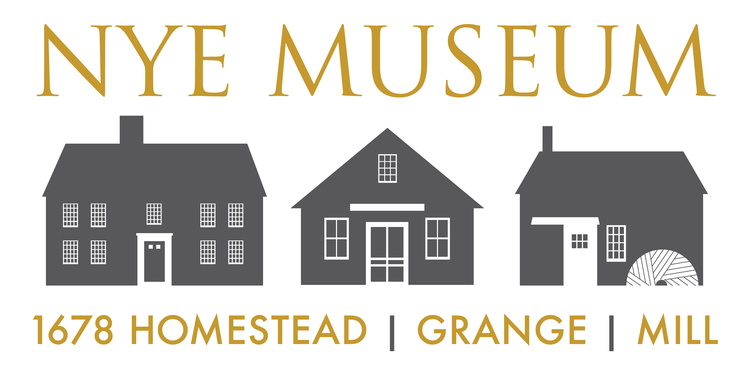




You are standing on site the where Benjamin Nye built a dam in the 1660s to power his mill. A colonial era mill dam like Benjamin Nye’s was usually begun by constructing a timber framed wall or cribbing to channel the water. The dam was reinforced with rocks if available and, of course, lots of earth. On the right is an old excavated banking. This is likely where Benjamin obtained earthen fill for the original dam. When completed, the pond water flowed under the road through a stone culvert and was carried above ground to the mill through a flume, an elevated wooden channel on posts.
The construction of a mill dam was a mixed blessing. On the positive side, in the days before steam engines, water mills powered industry and brought increased prosperity. On the other hand, a dam radically changed the landscape and altered the ecological balance. Fish and other aquatic creatures could no longer pass up and down stream as they had for thousands of years. Herring runs or fish ladders were built to try to help this situation, but they were no substitute for the original stream bed.
Take a peak at the concrete outlet structure at the edge of the pond. The concrete structure was the point from which water was controlled and distributed to the trout hatchery through three culverts which pass under the road. This is a popular fishing spot, with smallmouth bass being the usual catch. You may see some Canada geese, and often we have a pair of swans, sometimes with their offspring.
As you face the pond, turn left and walk up the grassy strip to the entrance to the Neck.